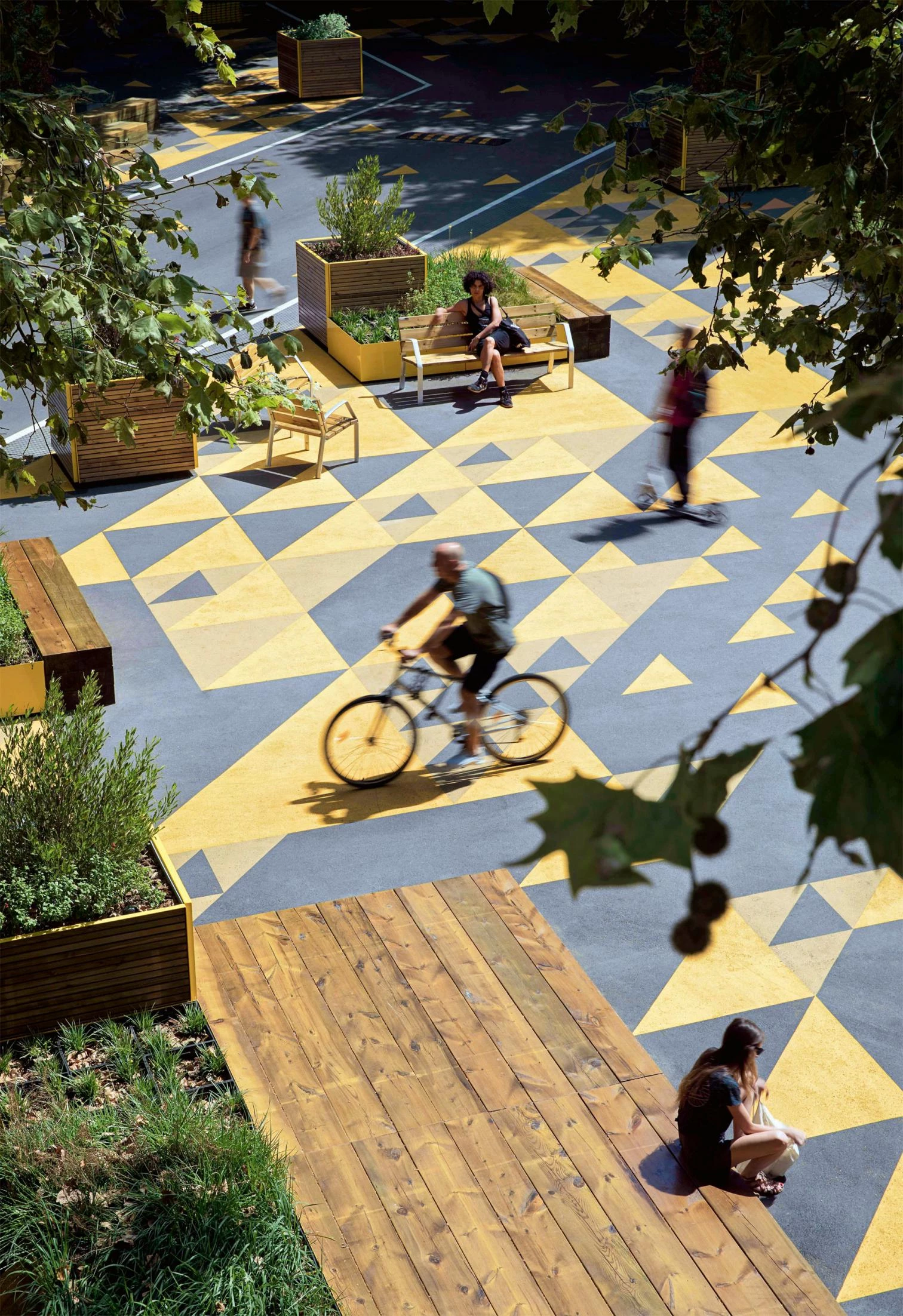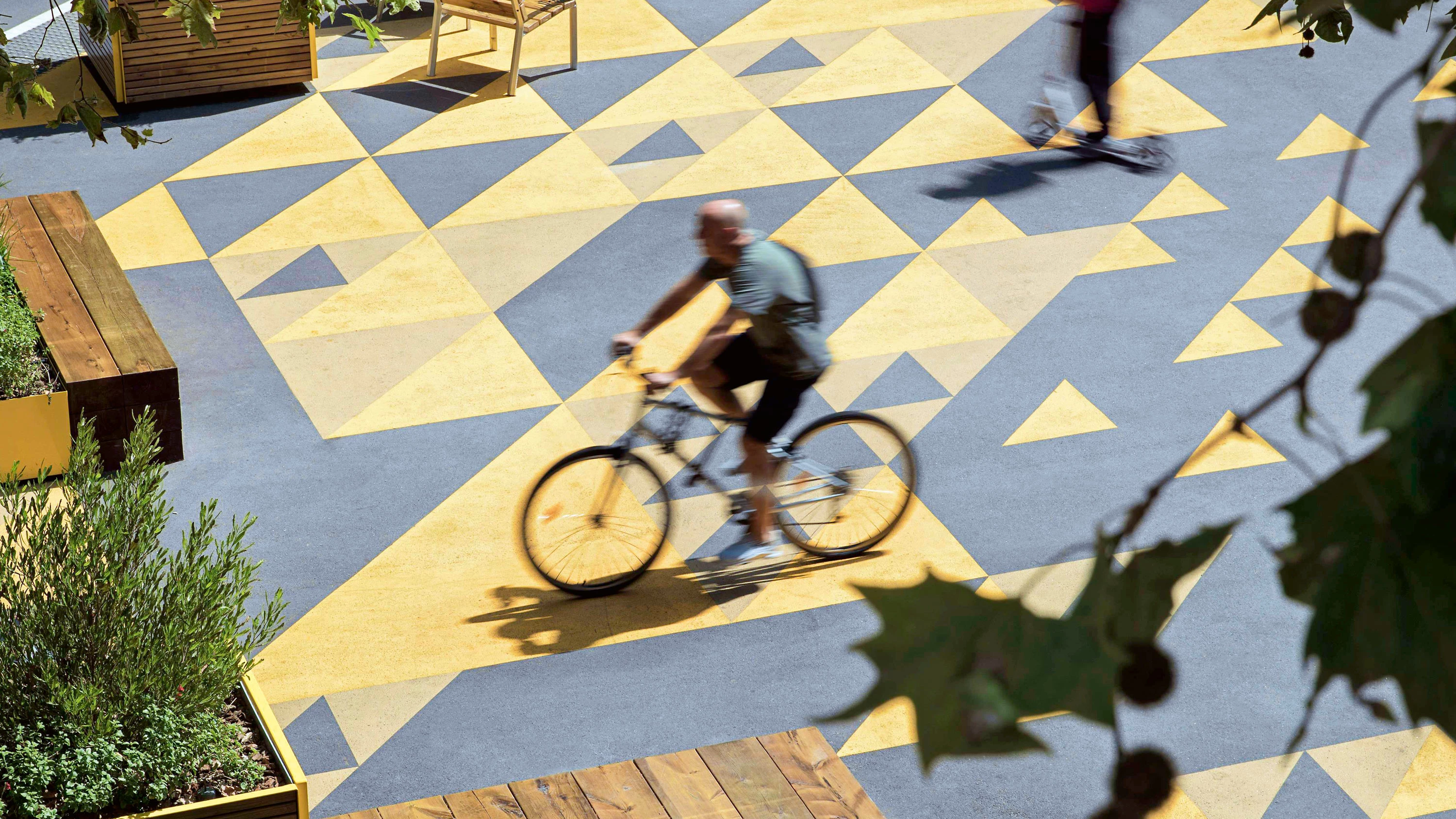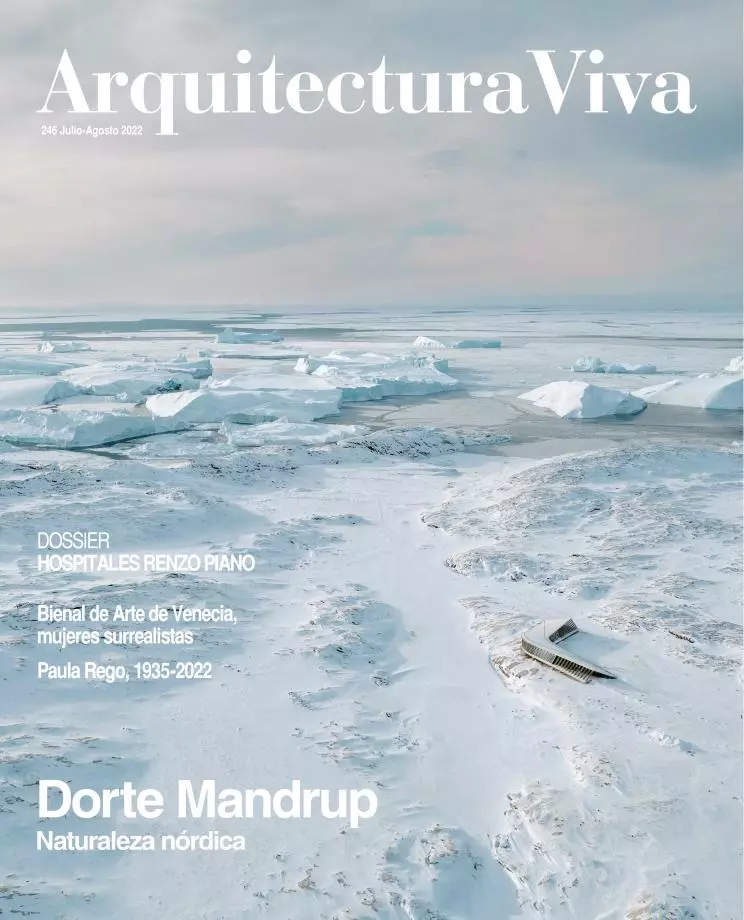
Recent Spanish urban planning is sullied by the fact that political debate, professional criticism, and academic analysis have given way to the judicialization of urban problems, dragging into the sphere of legality all matters that really ought to stay within the sphere of discussion about the city.
We know the effects: ‘urbanistic mortality,’ an epidemic of courts annulling urban plans, and the consequent feeling of insecurity that has led many town halls to take perfunctory ‘tactical actions’ instead of facing the difficulties and risks that come with more ambitious planning.
Few would have guessed that this epidemic would also spread to Barcelona, a city which for several decades was the leading platform for urban debate and for comparison of novel experiments in the construction and governance of the contemporary metropolis. Yet the recent episodes of appealing to courts of justice to paralyze projects in the Eixample’s superblocks show that for a part of Barcelona’s civilian society – headed by figures as iconic as Ramon García-Bragado, Josep Antoni Acebillo, and Joan Ràfols – the clarity of the legal channel is more effective than public debate.
It is paradoxical, however, that the juridical arguments currently being wielded have partly revived an old dispute, attributing unpredictable consequences on mobility and the economy of the city, particularly the distortion of the Cerdá Plan, to the speed and irreversibility of projects for reurbanizing green axes. Remember that Barcelona in the 1980s pursued the Italian debate around the opposition between architecture and urbanism, synthesized in the positions of Leonardo Benevolo on the one hand, who understood urbanism as something belonging to the realm of politics, and Carlo Aynomino on the other, who proposed intervening on the city with the instruments inherent to architectural praxis.
In his famous 1981 article ‘El urbanismo es posible’ (Urbanism is Possible), Oriol Bohigas – then head of municipal planning – questioned the validity and effectivity of conventional plans as tools for running the city, and upheld concrete building works as the alternative. Fortunately, in the years preceding the Olympic Games, their thesis was in practice surpassed by a solid strategic reflection and by the administrative support provided by Barcelona’s Metropolitan Plan, even though it remained unresolved on the theoretical level. In truth, the problem lay not so much in the opposition between plan and project as in that between proactive and bureaucratic management, between an urbanism of improvisation and an urbanism grounded on disciplinary, ethical, and political principles.
Today it is clear to us that conventional urbanism based on land-use regulation and zoning – supported by an undeniably obsolete legal framework – is insufficient as a tool for meeting the new challenges that have arisen in matters of health, resilience, and sustainability. But at the same time, the urban plan is almost the only implement available to common citizens who want a preview of, and wish to have an influence on, the future of their environment.
Tactical urban planning is feeble without a socially consistent strategic vision. In turn, this vision can lead to disenchantment if conceived as a set of abstract game rules oblivious to the transformative effect of projects, especially publicly promoted ones.
Finally, the debate on superblocks cannot be separated from that which revolves around the post-automobile city. The reinvention of public space comes with a new mobility provided by a wide offer of modes of transport – shared and individual, motorized or not – that, without undermining essential accessibility, rationalizes circulation and puts a stop to the indiscriminate entrance of private vehicles into urban centers.






